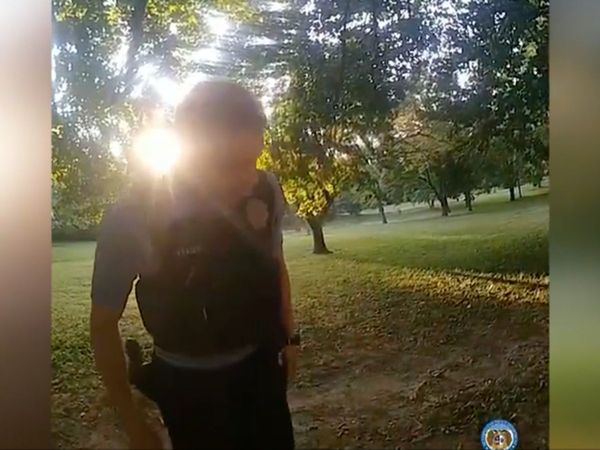
The Green Bay Packers offense is still in search of that elusive consistency, oftentimes going from hot to cold quite quickly this season. But when they’ve been moving the ball well, it’s in large part due to their success with the quick passing game on early downs.
To begin the season, this Packers offense has not been very willing to push the ball downfield through three games. Rodgers has only nine downfield attempts – or passes of at least 20 yards – putting him on pace for 51 attempts after having 73 a season ago per PFF.
As always, there are likely a number of reasons as to why, including trying to get the young receivers going with easy touches, not having Sammy Watkins or Christian Watson available, and the offensive line, which in Week 1, left Aaron Rodgers looking uncomfortable in the pocket along with him not seeing the field all that well against a stout Tampa Bay pass rush in Week 3.
However, another major factor may simply be that the Packers are prioritizing the quick passing game in an effort to set up more manageable third downs. Rodgers spoke about this with reporters on Wednesday.
“A lot of the stuff is getting the ball into our guy’s hands and let them go,” said Rodgers. “That’s why the ball is coming out quick with shorter passes, we want positive plays, we want those third and manageable, which we had in the first half (against Tampa Bay), that’s why we went 5/7 (on third downs). The second half we had a lot of third and 8, 9, 10-plus (yards) because we didn’t have that first or second down five-six yarders that we had in the first half. That was the goal and we just kind of got away from that a bit in the second half.”
Through three games, Rodgers ranks 33rd out of 33 quarterbacks in average depth of target at 5.6 yards. For some context, Rodgers’ career low in this category came in his injury-shortened 2017 season when he averaged 7.3 yards per target.
We’ve also seen Rodgers getting the ball out quickly as well, with an average time to throw of 2.53 seconds, which again, is on pace to be the lowest of his career.
He’s been highly effective throwing quick and short: Per PFF, Rodgers has completed 49 of 58 passes for 458 yards, four touchdowns and a passer rating of 122.6 when getting the ball out of his hands under 2.5 seconds after the snap.
As Rodgers would mention, getting the ball out quickly does help an offensive line unit that featured Jake Hanson at right guard and Royce Newman at right tackle in Week 1, along with Elgton Jenkins and David Bakhtiari working their way back from injuries these last two weeks.
But this approach also gets the ball into the hands of the Packers pass-catchers in space, allowing them to pick up yards after the catch and hopefully positioning themselves for manageable third-down situations. Despite not pushing the ball downfield very frequently, the Packers rank among the best in big plays created this season behind Aaron Jones and AJ Dillon in the run game, along with Green Bay being first in total YAC this season.
Early down success – or failures – has played a major role in whether or not Green Bay is able to put together longer drives. Overall, the Packers are averaging 6.3 yards to gain on third down, which is slightly better from their 6.5 yards to gain figure in 2021 when Green Bay had Davante Adams. The Packers rank 10th this season with a third down conversion rate of just over 42-percent.
When the Packers’ are able to move the chains on third downs this season, they are averaging just 3.3 yards to gain, according to Stathead. Meanwhile, on failed attempts, they average 7.3 yards to go. This really helps illustrate what Rodgers is referencing and the importance of early down success for the Packers offense, which has often come from the run game, quick passes, and YAC.
For this offense to be at its best this season, they’ll need to take more shot plays than they have been, along with continuing to spread the ball around in the passing game and a balanced run-pass mix. However, for the time being, as this offense tries to find continuity through sustained drives, the effectiveness of the quick passing game on first and second downs is going to be a key component in whether or not that happens.







